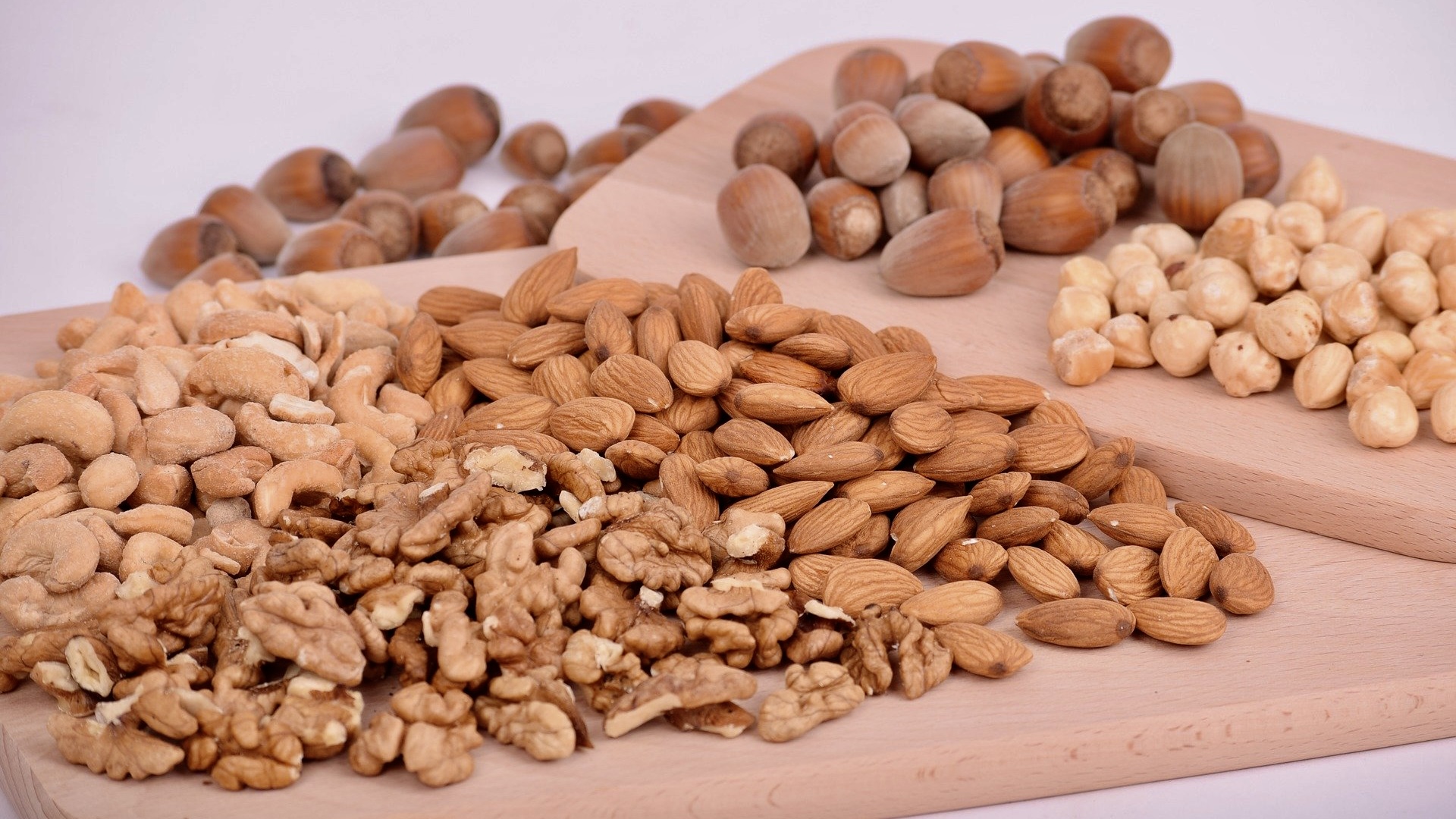By Dustin Stegen … At one point in our lives, we all had to be introduced to every food we now eat. We weren’t born to love certain foods. No one came out of the womb salivating at the thought of peanut butter toast. We had to acquire the desire for it. This is especially true for foods whose characteristics may not be as desirable as a chocolate treat or salty chips. Those foods do not take much time or effort to enjoy.
This is especially true for our children. Introducing new foods can be challenging. I am not talking about chocolate ice cream with crushed Oreos all over it, once our children have this type of food they seem to want it all of the time. Who can blame them? I am talking about foods like broccoli, asparagus, turnips, and tofu. These foods may sound delicious to some but may not be what our children desire but it is the food we help they learn to love. Our job as parents is to keep trying to give new, healthy foods for our kids. Children are hard to predict when it comes to their eating habits. Some days they want to eat anything and everything put in front of them. Then other days, even their favorite meal disgusts them. It can take 10 to 15 attempts for children to eat and then enjoy new foods. So don’t be discouraged and don’t give up if it take longer than that. If you have prepared the food well with delicious ingredients, your children will learn to love it. Try your best to never force, pressure and coerce your children into eating their foods. Make eating a time of fun and fellowship. (The way we treat our children when it comes to food is a giant topic and is not fully covered in this blog. Look out for future blogs covering parenting and eating tips). Please remember, children do have a more sensitive palate than older adults. They can detect bitter flavors quickly. Give them some grace when trying kale for the first time.
Our children will also be more likely to try food if we, the parent or adult, are eating and obviously enjoying the food. If we are hesitant to eat the meal with a grimus you can almost guarantee our children won’t be trying it. Speaking of adults, we too sometimes need 10 to 15 times to try a new food. How many of us have a friend who is unwilling to try certain foods because they know they disliked them as a child? As we age, we must eat our fruits, vegetables, and whole grains to aid in our own health promotion. These types of foods are essential and should be incorporated into our diets. The most important step in improving our diet through nutrition is actually eating the food. If you disliked broccoli as a kid, that may be because it was not prepared well. I am sorry to say it but who actually liked steamed broccoli? I can’t be the only one who dislikes it. But I love broccoli, lightly baked in olive oil. Crispy and sweet. Truly amazing.
I think it is important to make a distinction between healthy foods and not-so-healthy foods. I am not saying you should expose yourself to foods that require an acquired taste and are detrimental to your health. For example, I do not like coffee. I bet if I drank it more and more, I would learn to love it. But coffee is not necessarily a healthy beverage. I want more people to eat more fruits and vegetables. Keep trying those, not all the other stuff.
The point is, at any age we need to eat more plants. We don’t have to eat every single one, but a humble variety fuels our bodies with its optimal fuel. Children and adults can benefit from trying different plant foods 10 to 15 times. The food we eat literally makes up our cells and fuels them. Expose yourself to new, healthy, and delicious plant foods by just trying them.
— Dustin Stegen is a Registered Dietitian and lover of all things outdoors, cooking, and teaching others about living a healthy lifestyle and eating. He is the founder of Ten Times Better, LLC a nutrition consulting business that focuses on connecting faith and food. Photo by iStock.
This article was originally published on Outlook Magazine website


